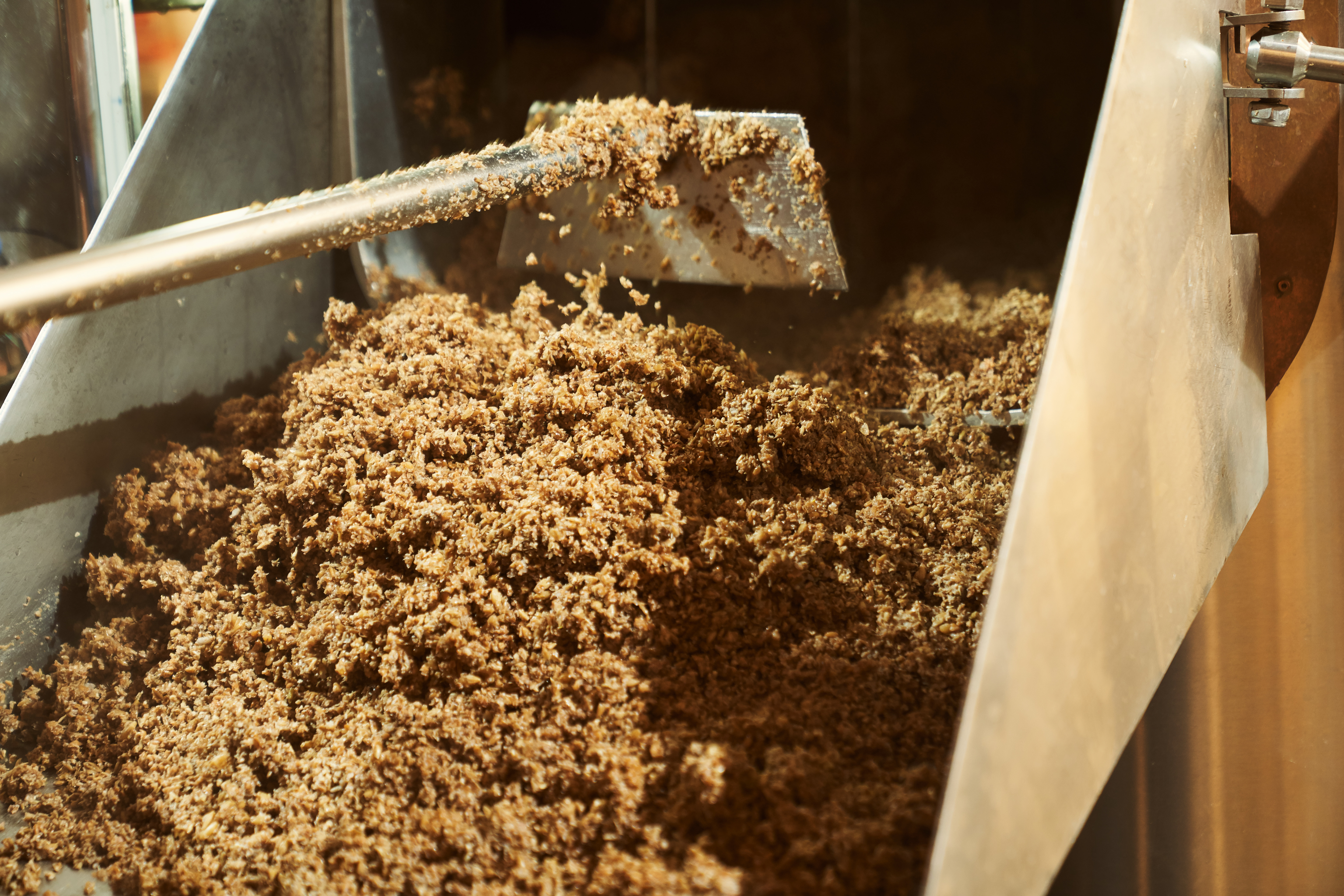


The food and ingredients industry cannot escape a circular economy. A fact highlighted by the raw materials crisis. Jasper Bloemen of GLIMPS.bio shares his vision. “Corporate economic and societal costs are being addressed.”
Circular ingredients are a significant development because they tie in with sustainability: they have a smaller environmental impact - due to reduced waste and lower water and energy consumption - and imply lower cost prices for food companies. “Raw material prices are on the rise, as all costs are being passed on”, says Jasper Bloemen, bioengineer and general manager at GLIMPS.bio, an agency of bioscience engineers, designers and entrepreneurs, surrounded by a network of food partners and experts.
Inside and Outside the Food Chain
Circular food ingredients originate from streams of waste or by-products that originate in the food chain. Using the two of these streams to produce new food ingredients could bring a significant reduction in CO2 emissions and water consumption, given that there are no emissions during agricultural cultivation. “The ingredients could also contribute to innovative product development, through which new markets could be created”, says Bloemen. A limited supply of circular-ingredient volumes and types is a major obstacle to the market's development at present. “And yet there is a lack of certification and clear legislation for circular ingredients. The dominant perception seems to be that animal feed is the best way to valorise residual streams.”

Food Safety and Traceability
Circular ingredients must, of course, comply with European Regulation (EC)178/2002 or the General Food Law Regulation. It lays the foundation for all food-specific standards on additives, ingredients, contaminant and labelling standards, etc. The central tenet is an integrated ‘farm to fork’ approach involving every sector and actor in the food chain. Circular ingredients must also be subject to risk analysis and quality assurance. The qualification of the term waste is, however, in need of attention, Bloemen notes. “This is because the circular economy will, in many cases, utilise streams that are still considered as waste or still too undervalued.”

“It is always advisable to maintain a critical perspective on your own products and adjust them to contemporary needs where necessary”, emphasises Marijke Adriaens, CEO of frozen food company Fribona. “For consumers, taste is still the main consideration. It is essential to work towards a product that is, above all, tasty and visually appealing.”...

Scientists from KU Leuven have discovered how oil penetrates snacks during and after the frying process. Recent research findings point to advanced frying techniques that reduce oil absorption, as well as innovative methods to limit oil uptake during the cooling phase. This paves the way for the development of healthier snacks without compromising...

Food companies are increasingly targeting a wider range of consumer groups. Speaking at an event organised by Fenavian, Julian Mellentin of New Nutrition Business said this strategy offers significant opportunities to respond to the diverse health needs and interests of today’s consumers. “Consumers enjoy both animal and plant-based proteins”, he...

Backed by financial partners, Start it @KBC is launching the accelerator programme Scale it Agro, aimed at scale-ups offering sustainable and innovative agricultural solutions for agriculture and horticulture businesses. Kjell Clarysse, programme director at Scale it Agro, goes into more detail.